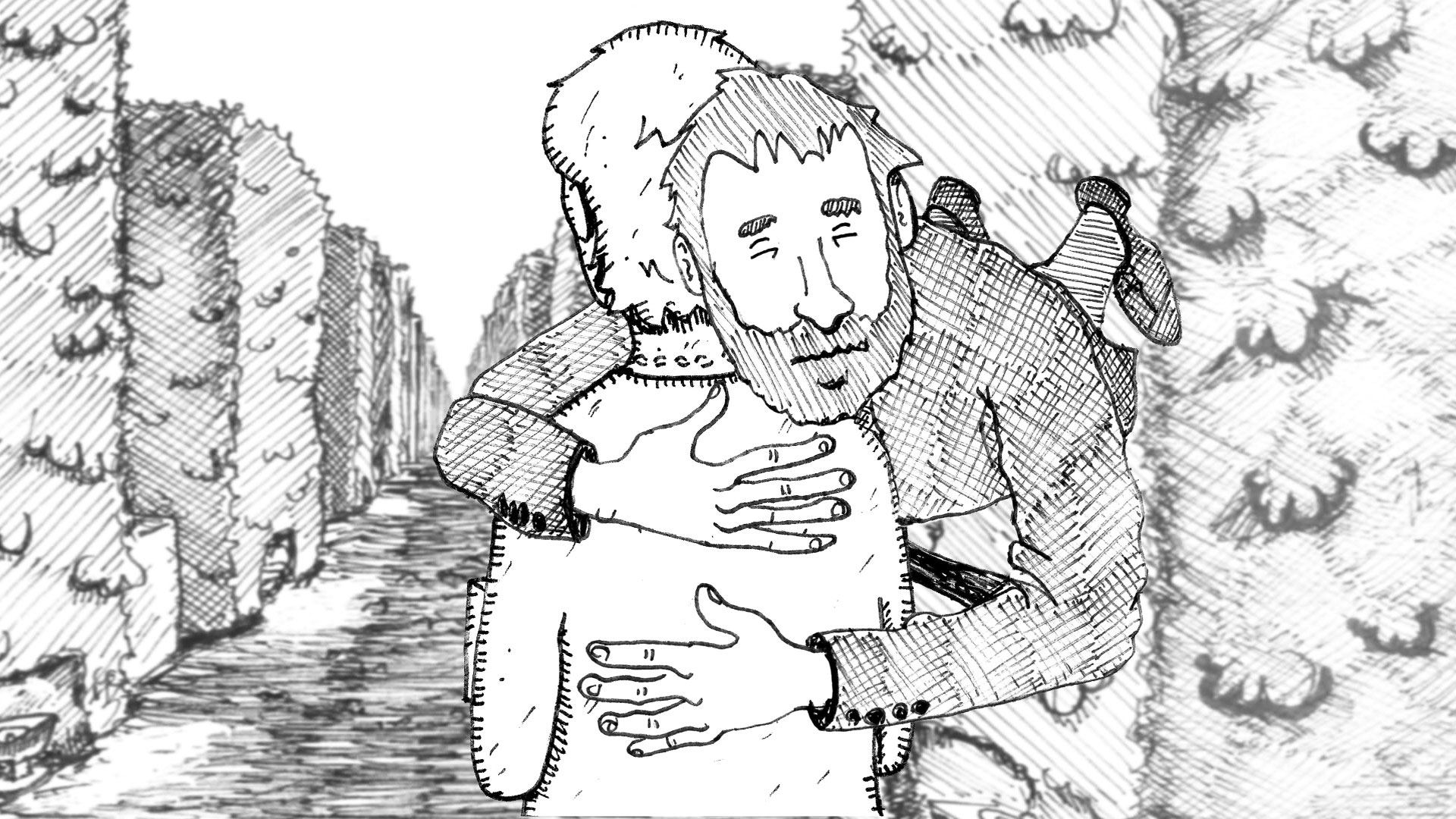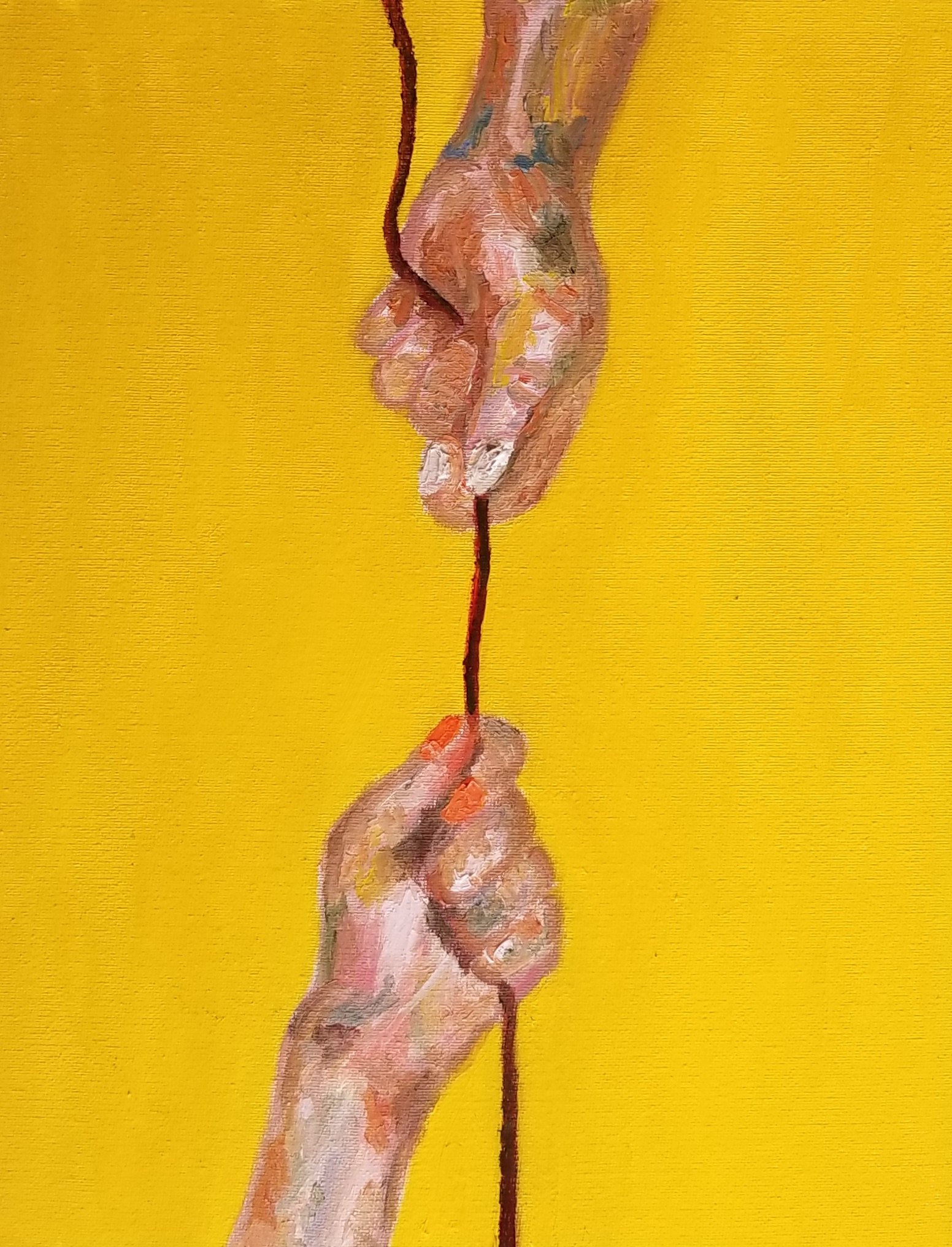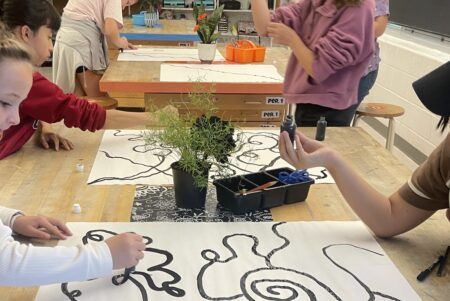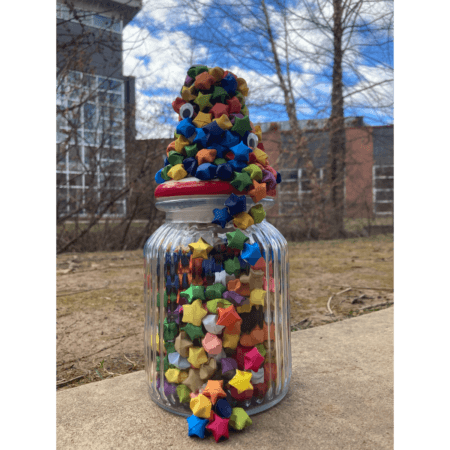Teaching with Contemporary Art
Teaching with Love and Loss

Production still from the New York Close Up episode, Bryan Zanisnik and Eric Winkler’s Animated Conversation. © Art21, Inc. 2016.
“The relationship doesn’t really end; it just changes,” says Bryan Zanisnik, as he recalls his mother’s passing and the connection he still feels with her. For millennia, artists have explored notions of love and loss, and contemporary artists translate experiences of human connection through complex personal and social lenses. Exploring the emotional glue that binds the broken pieces of ourselves together, these artists investigate how intimacy and human bonds reveal the best of human nature, even in the face of heartbreak and change.
For example, in the Extended Play episode, “Rubbing/Loving,” Do Ho Suh uses performance-based visual art as an entry point to exploring place, memory, and the loving relationship forged between friends. In my classes, I use this video to inspire students to not only think more broadly about drawing and sculpture but also consider how interior, emotional spaces can be manifested in what they make. Near the end of the semester, I use this video, as well as the one featuring the Creative Growth Art Center, as a jumping-off point for a larger unit about love. In this unit, students can choose from a wide range of tasks directed toward inspiring empathy and caring. One student, Karsyn, painted a portrait of a family member facing Alzheimer’s disease; another, Eleanor, created a loving portrait of her sister while a third student tried to capture a friend’s sense of loss when her brother left home for the first time.

Student artwork of a family member suffering from Alzheimer’s disease, 2020. Image provided by the author.
This playlist features several of the artists who I use as exemplars not just for making beautiful art but also for addressing love and loss through vulnerability, connection, and self-discovery. I tell my students repeatedly, “What you make is a direct manifestation of who you are.” The videos in this playlist, show artists of all kinds manifesting themselves through expressions of love and loss.
During the Art21 Educator Summer Institute of 2018, I workshopped a unit that I call “Think > Love > Art.” The core idea behind the unit, borne in part through the kind and supportive relationships I formed with other art educators during the Institute, was to encourage students to develop empathy as a means of relating to the creative worlds of others. That year’s release of Season 9 of Art in the Twenty-First Century was fortuitous and highly influential for developing the lessons in the unit, as the season features artists as wide-ranging as Zanele Muholi, Robin Rhode, the members of the Creative Growth Art Center, and Hiwa K touching upon or delving into ideas around compassion, identity, and love. I then perused the archives of the Art21 website, quickly finding a treasure trove of artists who aren’t afraid to wear their hearts on their sleeves. Many of them, such as Theaster Gates and Allora & Calzadilla, actively draw upon love as the healing element to glue together the broken pieces of their lives and the places they live, forging something new and strong in the process.

Production still from the Art in the Twenty-FIrst Century Season 9 episode, Johannesburg. © Art21, Inc. 2018.
This set of films shows artists exploring notions of connection and disconnection through the lenses of joy, pain, healing, and transformation. Themes of home, psychology, family, friendship, and community are contemplated through sculpture, photography, and a variety of other media. “I try to understand my life as a movement through different spaces,” recalls Do Ho Suh, as he prepares to move on from his time, and the people he connected with, in his New York apartment. This film collection aims to show that, through the melancholy and pain of loss and of moving on, we often find a new opportunity toward love.




